What are you looking for at Aqrani library?
-
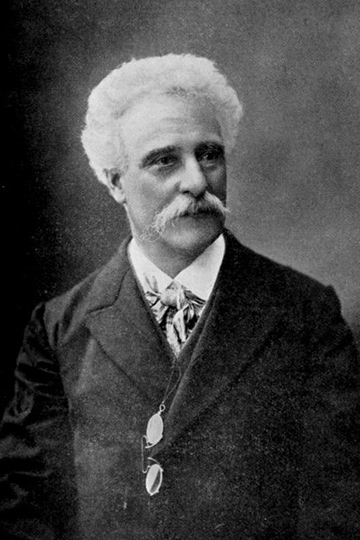
Paul Lafargue
Paul Lafargue (15 January 1842 – 25 November 1911) was a French revolutionary Marxist socialist journalist, literary critic, political writer and activist, he was Karl Marx's son-in-law having married his second daughter, Laura. His best known work is The Right to Be Lazy. Born in Cuba to French and Creole parents, Lafargue spent most of his life in France, with periods in England and Spain. At the age of 69, he and 66-year-old Laura died together by a suicide pact.Lafargue was the subject of a famous quotation by Karl Marx. Soon before Marx died in 1883, he wrote a letter to Lafargue and the French Workers' Party organizer Jules Guesde, both of whom already claimed to represent "Marxist" principles. Marx accused them of "revolutionary phrase-mongering" and of denying the value of reformist struggles. This exchange is the source of Marx's remark, reported by Friedrich Engels, "ce qu'il y a de certain c'est que moi, je ne suis pas Marxiste" ("what is certain to me is that [, if they are Marxists, then] I am not [a] Marxist").
-
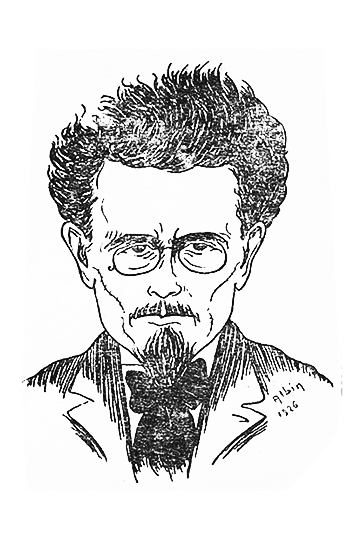
Pierre Chardon
Historian, novelist and lecturer. Pierre Chardon is the pseudonym of Rachel Legras then of Rachel Stefani after her marriage with Jules Stefani. Pierre Chardon collaborated with L'Action française. Pierre Chardon was the mistress of Charles Maurras from 1910 until his marriage to Jules Stefani.
-
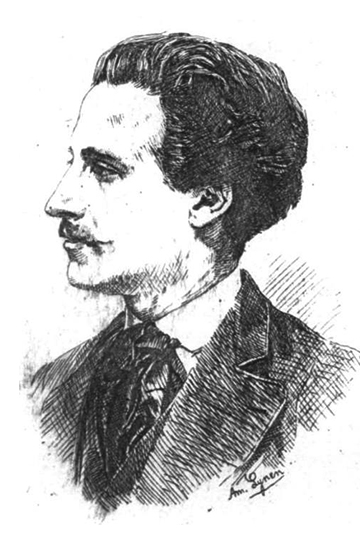
Pierre Elzéar
Elzéar Bonnier-Ortolan, (born November 25, 1849 in Paris and died in 1916), known as Pierre Elzéar, is a French poet and playwright. His father, Edouard Bonnier (1808-1877), taught at the Paris Law School, as did his maternal grandfather Joseph Ortolan. His mother, Elzéarine dite Zari, wrote several novels. In his youth, he translated Faust with the help of Jean Aicard and participated in the foundation of the magazine La Renaissance littéraire et artistique. He marries the daughter of the writer Richard Lesclide with whom he will collaborate. Then he became a lawyer, continued to write for the theater and founded two literary magazines in Tunisia in 1898.
-
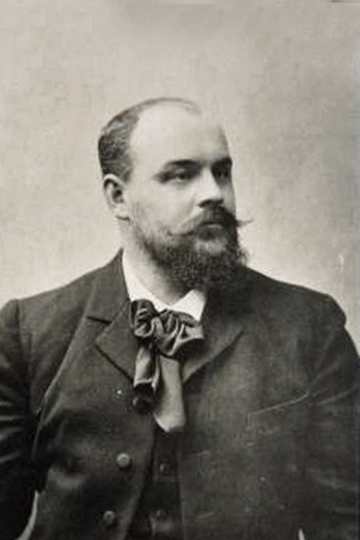
Pierre Mael
Pierre Maël is the collective pseudonym of two French authors of adventure and sentimental novels for young people: Charles Causse (1862-1904) and Charles Vincent (1851-1920). A great success in bookshops at the beginning of the 20th century, the author's novels fell into disuse after the Second World War, which marked a change in children's literature. Pierre Maël was one of the leading authors of the Hachette publishing house, which reissued abridged versions of some of their novels until the 1950s. Charles Vincent : He was born in 1851 in Nudjuffgur, in the French Indies, and died in 1920. After the death of Charles Causse, he wrote under his patronymic of the reeditions of the novels of Pierre Maël. Charles Causse :Born in 1862 and died in 1904, he never wrote under his patronymic. He is the father of another author of adventure novels: Jean d'Agraives. Both of Breton origin, fervent Catholics and legitimists, their work - which includes 94 titles - is divided into two categories: novels for boys and novels for girls. Pierre Maël's name is associated with a particular form of literature, that of books for school fairs and prizes.
-
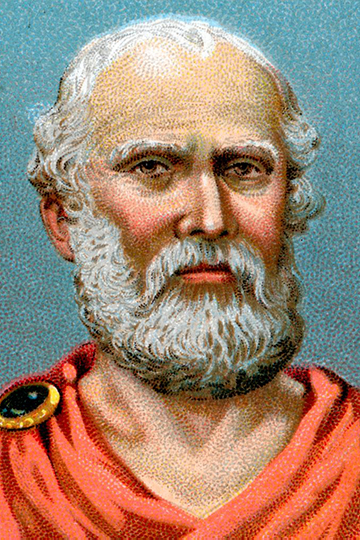
Platon
Plato (428/427– 348/347 BC) was an Athenian philosopher during the Classical period in Ancient Greece, founder of the Platonist school of thought, and the Academy, the first institution of higher learning in the Western world.He is widely considered the pivotal figure in the history of Ancient Greek and Western philosophy, along with his teacher, Socrates, and his most famous student, Aristotle. Plato has also often been cited as one of the founders of Western religion and spirituality The so-called Neoplatonism of philosophers like Plotinus and Porphyry greatly influenced Christianity through Church Fathers such as Augustine. Alfred North Whitehead once noted: "the safest general characterization of the European philosophical tradition is that it consists of a series of footnotes to Plato."Plato was the innovator of the written dialogue and dialectic forms in philosophy. Plato is also considered the founder of Western political philosophy. His most famous contribution is the theory of Forms known by pure reason, in which Plato presents a solution to the problem of universals known as Platonism (also ambiguously called either Platonic realism or Platonic idealism). He is also the namesake of Platonic love and the Platonic solids.His own most decisive philosophical influences are usually thought to have been along with Socrates, the pre-Socratics Pythagoras, Heraclitus and Parmenides, although few of his predecessors' works remain extant and much of what we know about these figures today derives from Plato himself. Unlike the work of nearly all of his contemporaries, Plato's entire body of work is believed to have survived intact for over 2,400 years. Although their popularity has fluctuated over the years, the works of Plato have never been without readers since the time they were written.
-

Pons Augustin Alletz
Pons Augustin Alletz (born 1703 in Montpellier, died 7 March 1785 in Paris) was a French agronomist.Alletz spent some years living in a catholic community belonging to the Oratory of Saint Philip Neri before working as a lawyer in Montpellier. He quickly abandoned law, however, and moved to Paris to devote himself entirely to writing. His numerous works are nearly all useful reference texts.Alletz's most famous work, L'Agronome, ou Dictionnaire portatif du cultivateur ("The Agronomist, or Portable Dictionary of the Farmer"), was first published in 1760 in a two-volume format and was frequently republished until the 19th century, it was considered one of the best manuals of country living during its time.
-
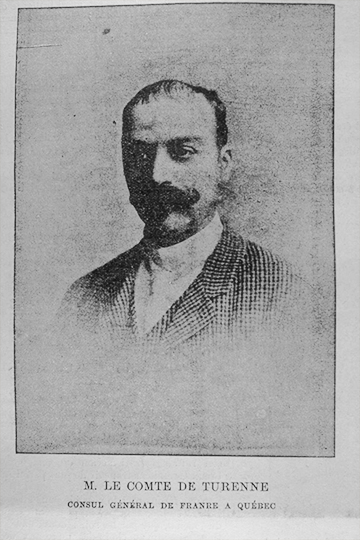
Raymond Auzias Turenne
Raymond Auzias-Turenne was born in Grenoble (Isère) on 23-11-1861, died in Montreal (Canada) on 20-09-1940, he is a diplomat, banker and publicist. He is not in the current of mass immigration. Coming from a Grenoble family of legitimist and catholic lawyers, he decides, in 1885, at the age of 24, to try the adventure across the Atlantic going to the United States. After landing in South Dakota, he created a ranch, the Fleur-de-Lys, and started breeding horses. He met Sitting-Bull, learned about the harsh existence of cowboys and made his fortune. It is then that he decides to embark on a new adventure. We then find him in Montreal, where he founds a family, then in the Yukon at the time of the gold rush, banker. He will end his life in Seattle as a successful businessman.
-

René Bazin
René Bazin (26 December 1853 – 20 July 1932) was a French novelist.Born at Angers, he studied law in Paris, and on his return to Angers became Professor of Law in the Catholic university. In 1876, Bazin married Aline Bricard. The couple had two sons and six daughters. He contributed to Parisian journals a series of sketches of provincial life and descriptions of travel. He was admitted to the french Academy on 28 April 1904, to replace Ernest Legouvé.René Bazin was a Knight Commander of the Order of St. Gregory the Great, and was President of the Corporation des Publicistes Chretiens.
-
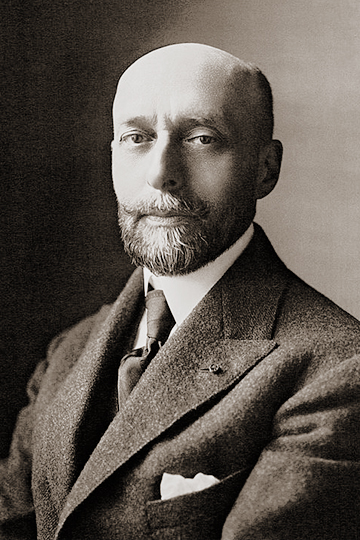
René Boylesve
René Boylesve (14 April 1867 in La Haye-Descartes – 14 January 1926 in Paris), born René Marie Auguste Tardiveau, was a French writer and a literary critic. Boylesve was orphaned early and went to school in Poitiers and Tours. In 1895 he began to publish articles in various journals. He is considered the heir of Honoré de Balzac and precursor of Marcel Proust. In 1919 he was inducted into the Académie française.
-
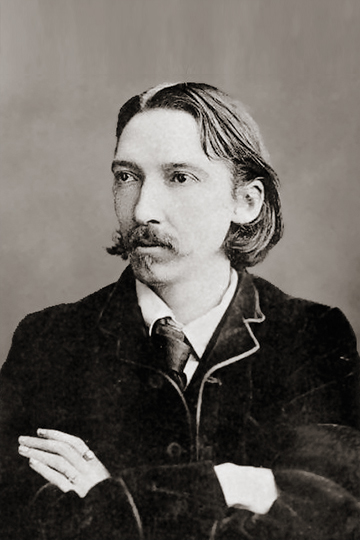
Robert Louis Stevenson
Robert Louis Stevenson (born Robert Lewis Balfour Stevenson, 13 November 1850 – 3 December 1894) was a Scottish novelist, poet and travel writer, most noted for Treasure Island, Kidnapped, Strange Case of Dr Jekyll and Mr Hyde, and A Child's Garden of Verses.Born and educated in Edinburgh, Stevenson suffered from serious bronchial trouble for much of his life, but continued to write prolifically and travel widely in defiance of his poor health. As a young man, he mixed in London literary circles, receiving encouragement from Andrew Lang, Edmund Gosse, Leslie Stephen and W. E. Henley, the last of whom may have provided the model for Long John Silver in Treasure Island. In 1890, he settled in Samoa where, alarmed at European and American encroachment upon the South Sea islands, his writing turned away from romance and adventure toward a darker realism. He died in his island home in 1894.A celebrity in his lifetime, Stevenson's critical reputation has fluctuated since his death, though today his works are held in general acclaim. In 2018 he was ranked, just behind Charles Dickens, as the 26th-most-translated author in the world.